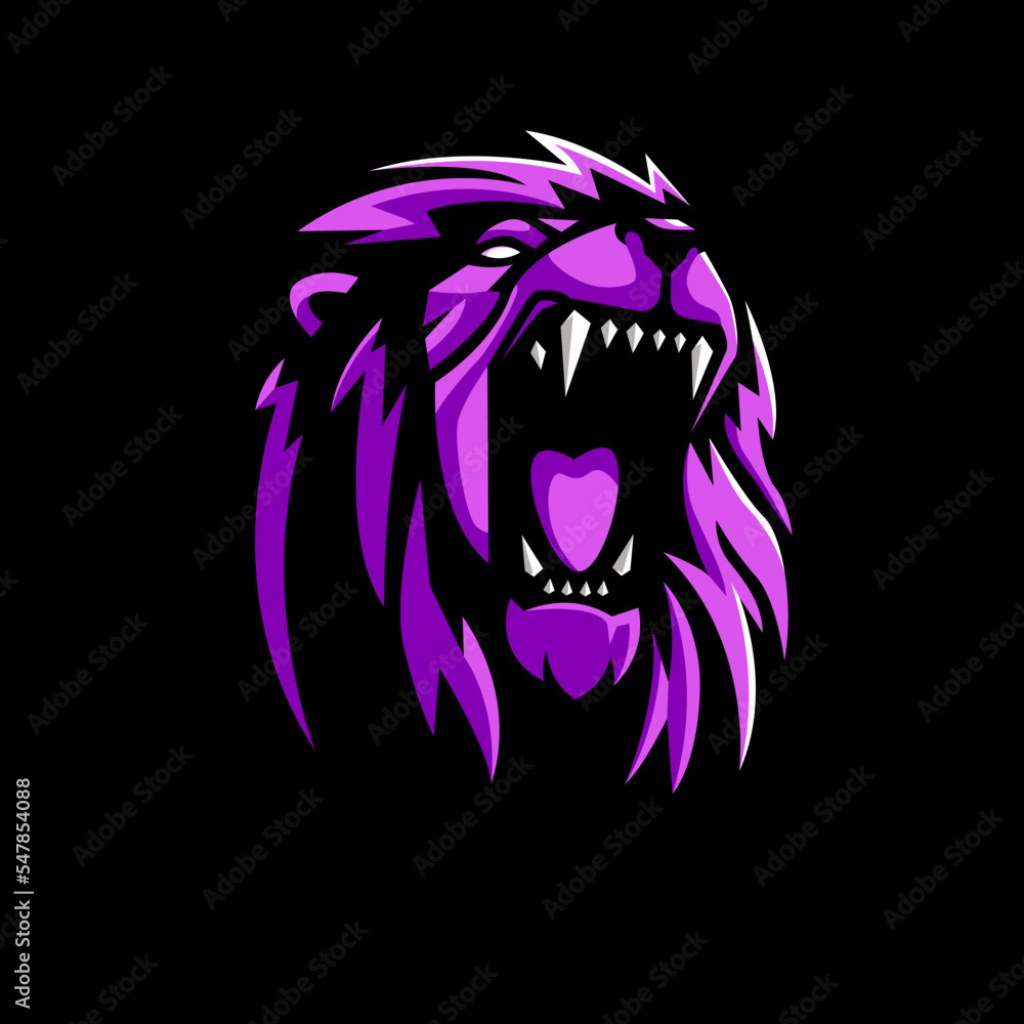Unlock The Mysterious Majesty Of The Purple Lion: Experience A Roaring Adventure!
Purple Lion: A Rare and Enigmatic Creature
Introduction
Good People,
2 Picture Gallery: Unlock The Mysterious Majesty Of The Purple Lion: Experience A Roaring Adventure!


Welcome to the world of Lions Enthusiast! Today, we delve into the fascinating realm of a majestic creature known as the Purple Lion. In this article, we will explore the captivating characteristics, history, and significance of this rare and enigmatic lion. Join us as we unveil the secrets of the Purple Lion and unravel its mystery.
What is a Purple Lion?

Image Source: ftcdn.net
🦁 The Purple Lion, scientifically known as Panthera leo purpureus, is a unique subspecies of lion distinguished by its distinct purple hue. This mesmerizing creature is a result of a rare genetic mutation that affects the lion’s fur color. Unlike its golden-maned counterparts, the Purple Lion possesses a regal violet coat that sets it apart from all other lions in the animal kingdom.
Who Discovered the Purple Lion?
❓ The discovery of the Purple Lion dates back to the early 20th century when a renowned explorer, Sir Reginald Plumpton, stumbled upon a pride of lions with an unusual coloration during his African expedition. Intrigued by this remarkable sight, Plumpton dedicated years to meticulously study and document these extraordinary creatures, ultimately naming them Purple Lions.
When Did the Purple Lion First Appear?

Image Source: freepik.com
📅 The first recorded sighting of the Purple Lion occurred in 1928, deep within the heart of the African savannah. Since then, these majestic creatures have remained a rarity, with only a handful of verified sightings reported over the years. Their elusive nature and distinctive appearance have captivated the imagination of wildlife enthusiasts and scientists alike.
Where Can the Purple Lion Be Found?
📍 The Purple Lion’s natural habitat spans across the vast grasslands and plains of sub-Saharan Africa. However, due to their scarcity, pinpointing their exact location proves challenging. The few confirmed sightings have predominantly been in remote and secluded areas, often within national parks and wildlife reserves.
Why is the Purple Lion Purple?
🌈 The Purple Lion’s unique coloration is attributed to a rare genetic mutation known as erythrism. This mutation causes an overproduction of red and yellow pigments, resulting in the purple hue observed in their fur. While the exact cause of this mutation remains a mystery, scientists speculate that it may be linked to a combination of environmental factors and genetic predisposition.
How Does the Purple Lion Survive?
🌿 Like their golden-maned counterparts, Purple Lions are apex predators, reigning over their respective territories with unparalleled strength and agility. With their vibrant purple coats, these regal creatures possess a distinct advantage when it comes to hunting and camouflage. Their unusual coloration allows them to blend seamlessly with the lush vegetation of their habitat, giving them the element of surprise when stalking their prey.
The Pros and Cons of the Purple Lion
👍 Advantages:
1. Unique and captivating appearance that draws attention and fascination from wildlife enthusiasts.
2. Camouflaging ability provides an advantage during hunting and territorial defense.
3. Symbolic significance in various cultures, representing royalty, mystery, and spirituality.
👎 Disadvantages:
1. Rarity makes it challenging for scientists to study their behavior and biology adequately.
2. Vulnerability to poaching due to their distinctive appearance and desirability among collectors.
3. Limited population and habitat pose a risk to their long-term survival as a subspecies.
Frequently Asked Questions about Purple Lions
Q: Are Purple Lions a separate species?
A: No, Purple Lions are a unique subspecies of the African lion (Panthera leo).
Q: How many Purple Lions are estimated to exist today?
A: Due to their scarcity, it is challenging to provide an accurate estimate of the current Purple Lion population. However, experts estimate that less than 100 individuals remain in the wild.
Q: Can Purple Lions reproduce with other lion subspecies?
A: Yes, Purple Lions can interbreed with other African lion subspecies, such as the Masai lion or the Transvaal lion. However, the resulting offspring may not inherit the distinctive purple coloration.
Q: Are Purple Lions protected by conservation efforts?
A: Yes, Purple Lions are a protected species under various conservation initiatives and international treaties. Efforts are underway to safeguard their habitat and raise awareness about their conservation needs.
Q: How can I contribute to Purple Lion conservation?
A: You can support Purple Lion conservation efforts by donating to reputable wildlife organizations, spreading awareness about their plight, and advocating for the protection of their natural habitat.
Conclusion: Preserve the Majesty of the Purple Lion
In conclusion, the Purple Lion stands as a testament to the wonders of nature and the marvels that still await discovery within our vast planet. As we marvel at the enigmatic allure of these regal creatures, let us also recognize the responsibility we bear in preserving their existence. By valuing and protecting the Purple Lion, we ensure the perpetuation of its captivating presence for generations to come.
Final Remarks
Dear Lions Enthusiast,
As we bid farewell, let us remember that the enchantment of nature lies not only in its beauty but also in our commitment to its preservation. May our collective efforts safeguard the Purple Lion and all other magnificent creatures that grace our planet. Together, we can make a difference.
This post topic: Lions


